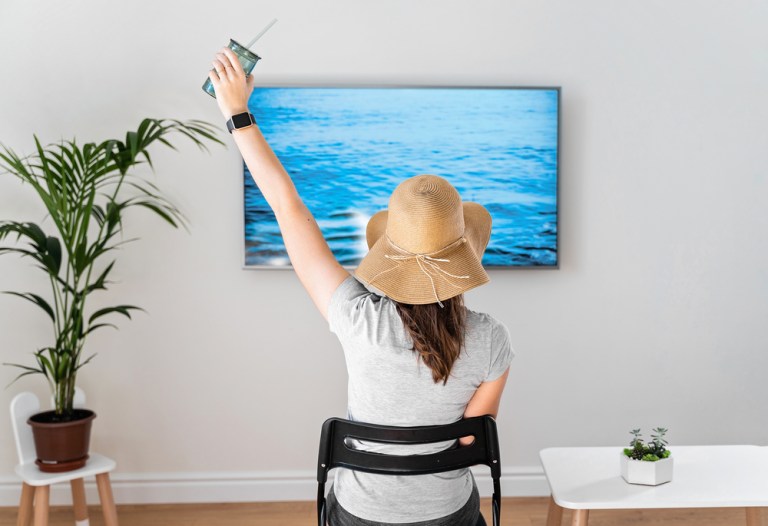
As so many people learned back in 2020, digital platforms provide a wide range of amusements that can be enjoyed from the comforts of one’s home when going on an in-person adventure is not feasible.
For midweek holidays, these tech-enabled staycations can be just what the doctor ordered.
For instance, consumers can watch productions from the world’s greatest theaters from their living room couches via PBS’s Great Performances offering, which includes the ability to stream productions from Broadway, from the Metropolitan Opera, from London’s West End and more.
Additionally, staycationers can also virtually visit the world’s greatest museums, taking, for instance, a virtual trip through the Rijksmuseum in Amsterdam, the Musée d’Orsay in theParis or the J. Paul Getty Museum in Los Angeles, among others.
The widespread and free availability of home karaoke options via YouTube’s extensive selection or of self-care favorites such as virtual yoga classes and guided meditations also provide many options for creating meaningful experiences from the comfort of one’s home.
One of the ways that the digital shift has enhanced the staycation is by making it possible for consumers to get more items brought to their homes. For example, they can DoorDash over festive decorations from Party City or order art supplies from Staples on Uber Eats, treating themselves to a fancy restaurant meal delivered for lunch and ordering ingredients via Instacart to cook dinner together.
“Over 20% of our consumers are multi-category shoppers,” Fuad Hannon, vice president of new verticals at DoorDash, told PYMNTS in an interview in March. “If you think about what we’ve been doing over the last three, four years as we’ve taken DoorDash from being a restaurant delivery platform to being a local commerce app.”
Granted, cost can be prohibitive for many shoppers in this respect. Research from the PYMNTS Intelligence “Connected Dining” series found that, for consumers who do not use aggregators, 50% stated that aggregators are too expensive, and one in five nonusers cited this as the most important reason they do not use these platforms.
Plus, as home entertainments become increasingly subscription-based, they continue to be more difficult to afford. Movie and TV services, for instance, have been hiking their prices in the last year, and Spotify is reportedly increasing the price of its Premium subscription by as much as an additional $5 per month.
Findings from the September installment of the PYMNTS Intelligence series “New Reality Check: The Paycheck-to-Paycheck Report,” “The Nonessential Spending Deep Dive Edition,” showed that 25% of consumers reported that they spend indulgently on streaming services. Plus, financially struggling consumers are the most likely to say that their spending in the category has been indulgent.
As such, the cost of consumers’ at-home movie marathons, for instance, or their ad-free poolside playlist is becoming increasingly burdensome, even as these staycation experiences continue to be a more budget-friendly break than, say, the cost of an AirBnB and the airfare required for a physical getaway.